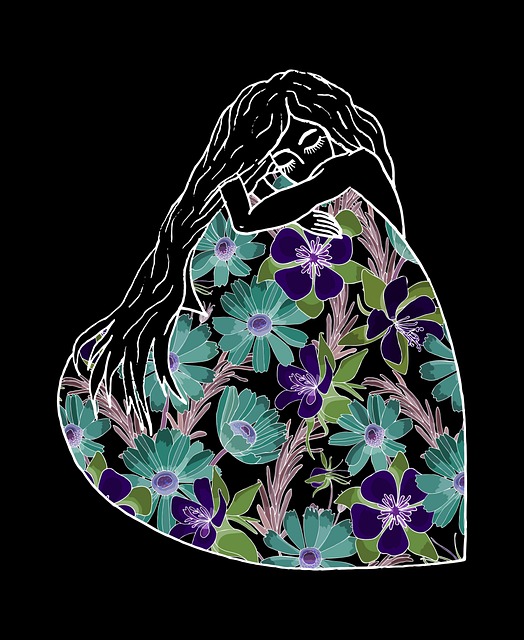Has your child ever woken up in the middle of the night complaining of achy legs, or has trouble falling asleep because of leg pain? It is not uncommon for preschool aged children and preteens to experience this temporary discomfort. It usually happens during the early evenings and at night, and usually parents don’t know what to do.
Symptoms
Growing pains are marked by symptoms such as a deep throbbing or achiness in the muscles of the thighs, calves, and sometimes behind the knees. However, growing pains do not show outward symptoms such as redness, swelling, or excessive warmth.
Children will generally experience growing pains in both or just one leg, and the pain may be sporadic. Some nights, your child may be pain free, but experience pain the following evening. The time at which the pain is experienced may also vary from early evening to after they’ve gone to bed. Characteristically, growing pains disappear by morning and do not occur during the day.
Not all children experience growing pains but those who do are typically young, between the ages of three and four. These symptoms may occur again when they are older, between the ages of eight and twelve.
What causes growing pains?
The cause of growing pains is still unknown. Specialists agree that it is not linked to times of rapid growth (growth spurts) or more specifically, bone growth. Growing pains do not cause additional problems besides discomfort, and they don’t affect a child’s growth.
Some people may think that growing pains occur due to an issue with the growth plates in the legs. These are located at either end of the femur (thigh) and shin bones, and therefore near the knee joint. However, specialists agree that growing pains are not joint related.
Some believe that active children who play hard during the day are simply experiencing the aches and pains of being highly active. The daily jumping, skipping, and running that most children do throughout the day can take a toll on their bodies, and these aches may be their bodies reacting to the strain while trying to recover.
Make your child comfortable
Growing pains usually come and go, and can last several years. Typically, the pain is relieved by massaging the affected area.
Please see a doctor if your child experiences any pain somewhere in the leg along with:
- Fever
- Swelling or redness
- Pain when touched
- Inability to stand or walk
These could indicate a more serious underlying condition requiring medical attention.
By Amnuay Jirasirikul, Pediatric Orthopedic Surgeon, Orthopedic Center, Bumrungrad Hospital
Editor’s note: This article is sponsored content from Bumrungrad International Hospital, and it is reprinted here with permission of the hospital.















